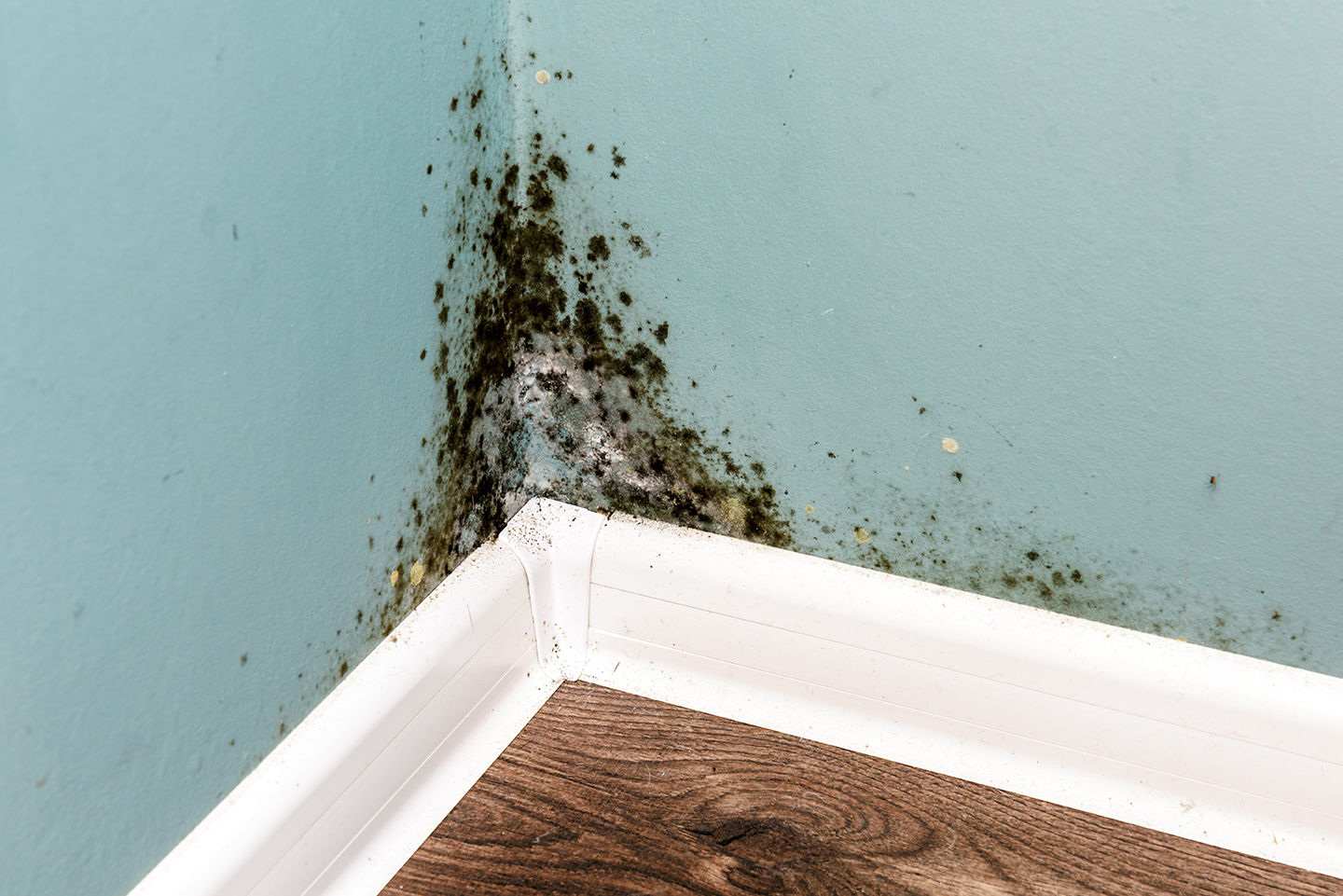
Mold is not only displeasing to the eye, if mold is beginning to grow in your home it can be dangerous and put you and your family’s health at risk. To understand where to look for mold, it’s important to realize that in order for mold to grow there needs to be moisture and an organic surface. Although mold does not grow on non-organic surfaces, all homes contain key components for mold to grow: oxygen, warmth, mold spores, and darkness. When moisture such as a water leak, stagnant water or high humidity is added- mold begins to grow. Below are 5 of the most common places mold can be found in your home.
1. Bathroom:
One of the more obvious places to expect to find mold is the room in your home with high moisture- the bathroom. With showers and bathtubs being used repeatedly they tend to be damp and hold moisture and without proper ventilation mold spores will begin to multiply and thrive on surfaces. Like mentioned above, mold thrives on moist services so with the addition of water present, toilets and sink are another hot spot for mold growth. In addition to the two places mentioned above a less obvious place to experience mold growth in the bathroom is in the walls and on the floor (due to a possible water leak).
2. Kitchen:
The second place to keep an eye out for mold is in the kitchen. With moisture from using both hot water and the stove, surfaces such as in and around the kitchen sink, the refrigerator, microwave, and pantries can become homes for mold to begin growth. It’s important to keep all surfaces including cutting boards and trash cans clean and dry to prevent mold from attaching and growing.
3. Bedroom:
Next, we are going to explore the different places mold can be found in the bedroom . Some less likely places mold will grow are a mattress, air conditioner vents as well as heating vents. Having a dehumidifier can help remove excess moisture from the air to prevent mold from growing on these surfaces.
4. Living Room:
As you can tell by now, every room in your home is susceptible to mold growth, and the living room is no exception. Both fabric and upholstery are able to trap mold spores, and if either your couch or curtains become moist it creates a potential place for mold growth to begin. A good indicator mold may be present is a foul and musty odor that wet fabric creates. In addition, windows and window sills collect condensation, and can be problematic in preventing mold growth. Although indoor plants create pretty décor and air purification, if not monitored they can be another optimal place for mold to grow.
5. Attics and Basements:
Lastly, both attics and basements- which most likely are rooms where you spend the least amount of time can cause major issues with mold growth due to little to no ventilation. In the attic is important to monitor it to ensure no mold is growing to prevent it from spreading to other areas in the house. Key places to check for mold in the attic are: in your insulation, near any vents, and on the roof for possible leaks. Almost everyone has experienced walking into a basement and immediately being overwhelmed by the musty ‘basement’ smell, and that smell is an indicator that mold is most likely present. While checking your basement for mold, keep in mind the following places: Near your water heater or furnace, around pipes, near a sump pump, the foundation, and any window or vents.
If you think you may have mold in your home, we’re here to help! Give us a call at (401) 849-6644 to schedule a walk through.

Write a comment: